Care and Maintenance Tips for Chanderi Sarees
Chanderi sarees are a testament to India’s rich textile heritage, cherished for their sheer elegance and intricate craftsmanship. These exquisite pieces of art have captivated fashion enthusiasts worldwide with their timeless allure. Chanderi sarees are known for their unparalleled charm, and their distinctiveness lies in several factors:
Weave and Fabric: Chanderi sarees are traditionally handwoven in the town of Chanderi in Madhya Pradesh, India. These sarees are crafted using a blend of silk and cotton threads, resulting in a lightweight and luxurious fabric that is comfortable to wear.
Sheerness: What sets Chanderi sarees apart is their sheer texture, which adds an ethereal quality to the attire. The delicate, gossamer-like fabric makes them perfect for all seasons.
Zari Work: Intricate zari work, often in gold or silver, is a hallmark of Chanderi sarees. The shimmering zari patterns on the sarees add a touch of opulence and make them perfect for special occasions.
Motifs and Designs: Chanderi sarees feature a wide range of motifs, including traditional butis (small, intricate designs), floral patterns, and geometric shapes. These motifs add depth and character to the sarees.
Colour Palette: Chanderi sarees come in an array of colours, from soft pastels to vibrant hues. The colour palette reflects the beauty of nature and the rich cultural heritage of India.
Types of Chanderi Sarees
Chanderi sarees can be categorized into various types based on their weave, design, and fabric:
Pure Chanderi Sarees: These sarees are crafted entirely from pure silk or cotton, giving them an unparalleled sheen and texture. Pure Chanderi sarees are ideal for grand occasions and weddings.
Chanderi Pattu Sarees: Pattu, meaning silk, denotes Chanderi sarees woven predominantly with silk threads. These sarees are known for their lustrous appearance and are a symbol of elegance.
Chanderi Silk Cotton Sarees: These sarees strike a perfect balance between silk and cotton, making them suitable for both formal and casual wear.
Origin and Historical Significance
The origin of Chanderi sarees can be traced back to the Vedic period, making them a part of India’s textile history for over 700 years. Chanderi, the town where these sarees are produced, has always been associated with the finest handwoven textiles. Historically, Chanderi sarees were patronized by royalty and nobility, earning them the name “woven air” due to their sheer and lightweight nature.
Care and Maintenance Tips for Chanderi Sarees
To ensure that your Chanderi sarees remain pristine and retain their beauty for years to come, follow these care tips:
Dry Cleaning: Opt for professional dry cleaning services to clean your Chanderi sarees. Avoid washing them at home, as the delicate fabric can be easily damaged.
Storage: Store your Chanderi sarees in a cool, dry place away from direct sunlight. Use breathable garment bags or muslin cloth to protect them from dust and pests.
Avoid Direct Contact with Perfume and Deodorant: Perfumes and deodorants can stain the fabric and affect its sheen. Apply these products before wearing your saree and allow them to dry completely.
Handle with Care: When wearing or draping your Chanderi saree, be gentle to prevent snagging or tearing. Avoid sharp jewellery that can catch on the fabric.
Frequent Airings: Occasionally take your saree out of storage to let it breathe. This prevents the fabric from becoming musty and maintains its freshness.
Repairs: Address any minor damages or loose threads promptly to prevent them from worsening.
Chanderi Saree Price Range
The price of Chanderi sarees can vary significantly based on factors like the type of fabric, the intricacy of the weave, and the presence of zari work. Pure Chanderi sarees and Chanderi Pattu sarees are generally more expensive due to the use of premium materials. Prices can range from a few thousand rupees to several lakhs, making Chanderi sarees accessible to a wide range of consumers.
Chanderi sarees are more than just garments; they are a piece of India’s rich cultural tapestry. Their unique blend of tradition, craftsmanship, and elegance makes them a cherished possession for anyone fortunate enough to own one. By following the care and maintenance tips mentioned above, you can ensure that your Chanderi sarees remain a timeless testament to India’s textile heritage for generations to come.

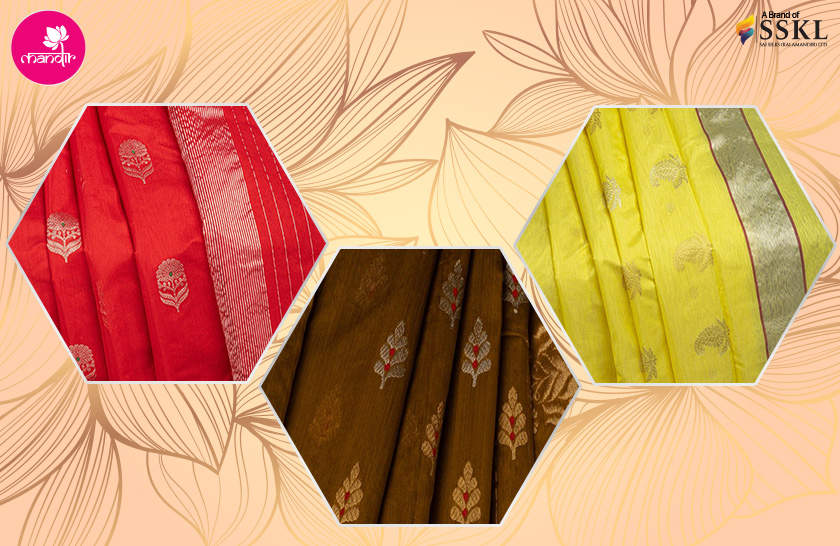
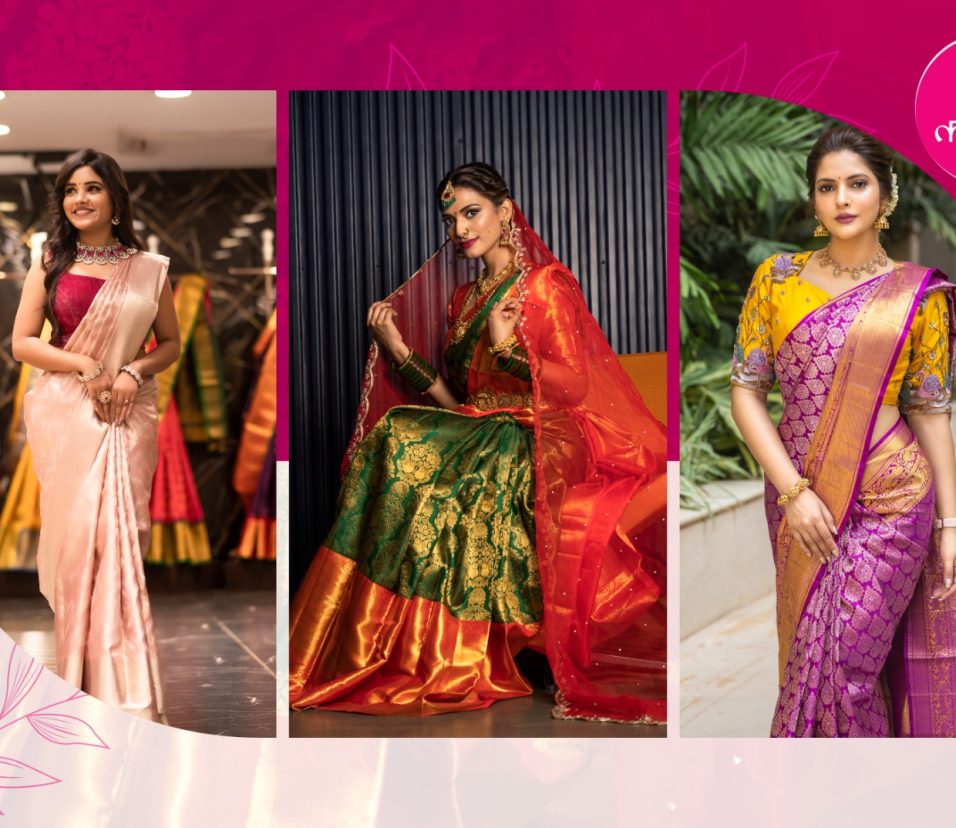
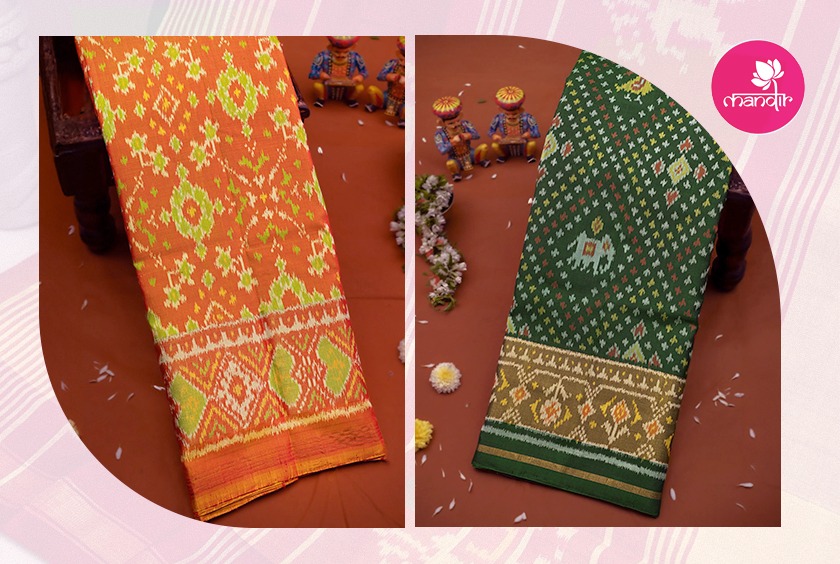
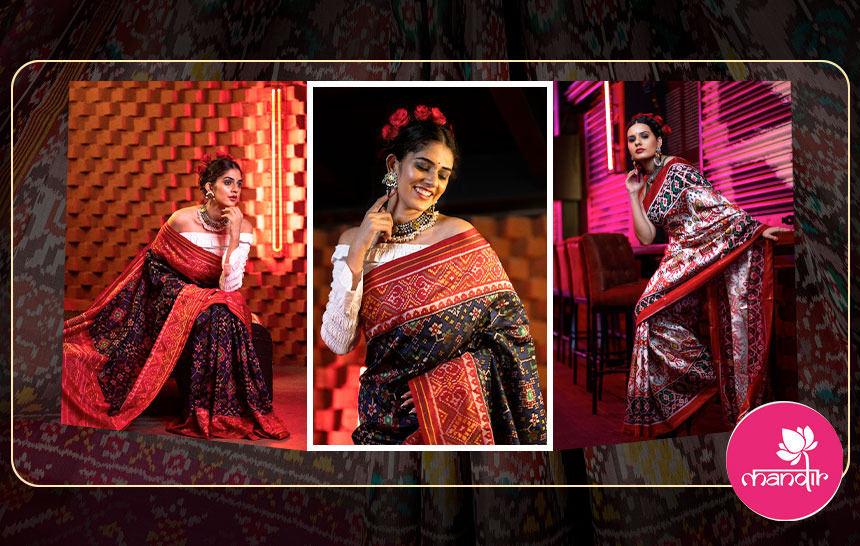
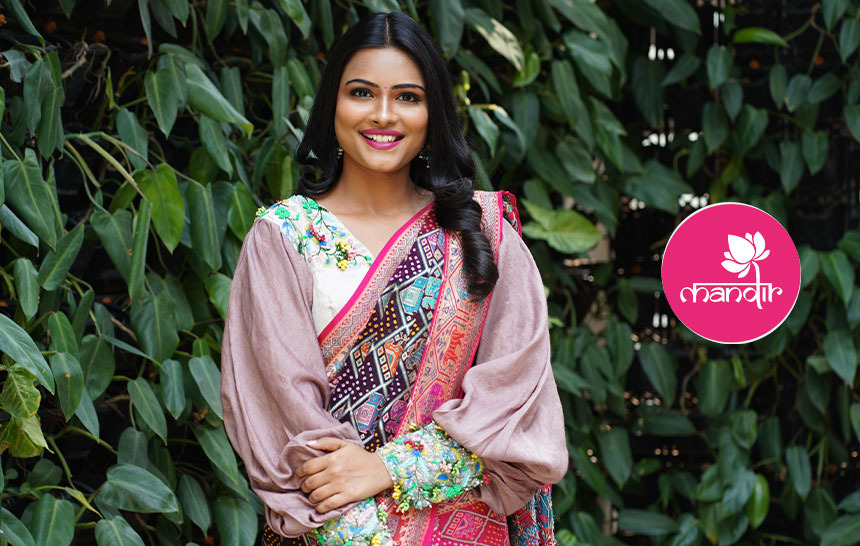
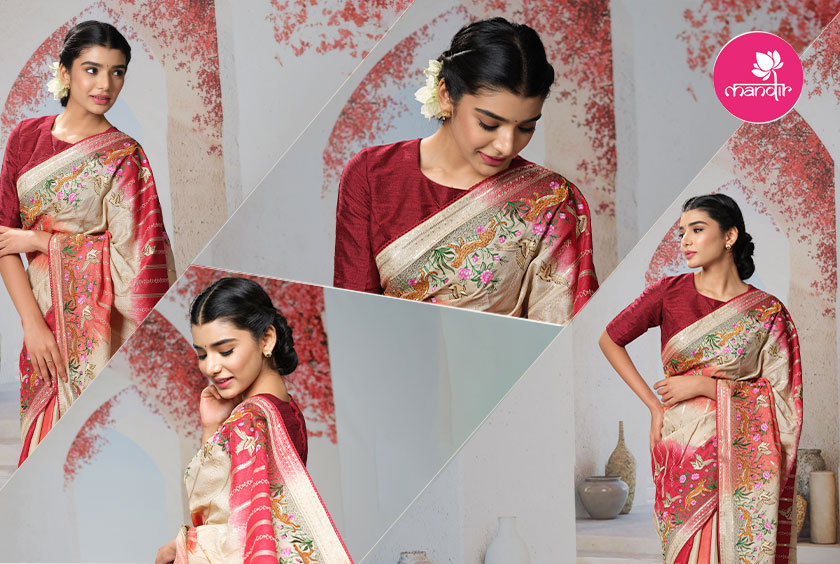
Leave feedback about this